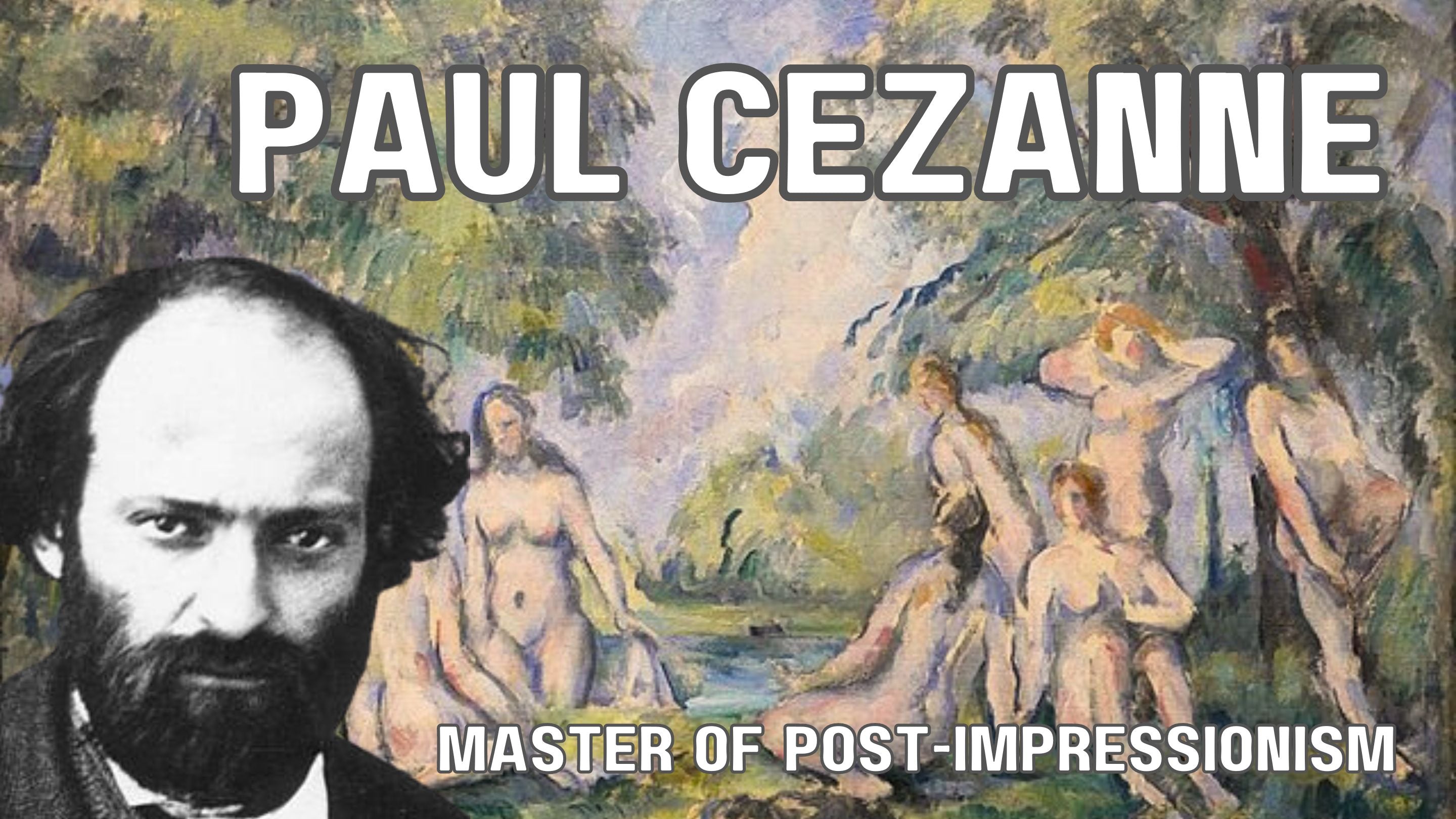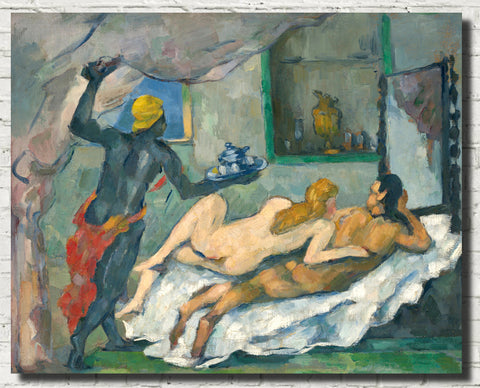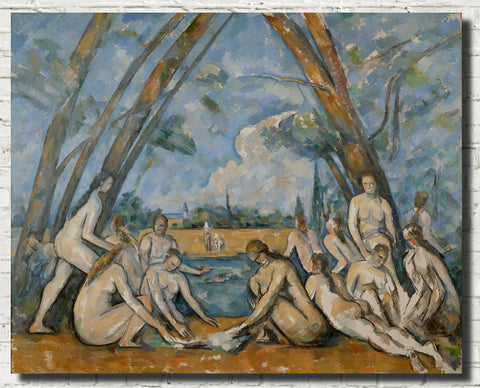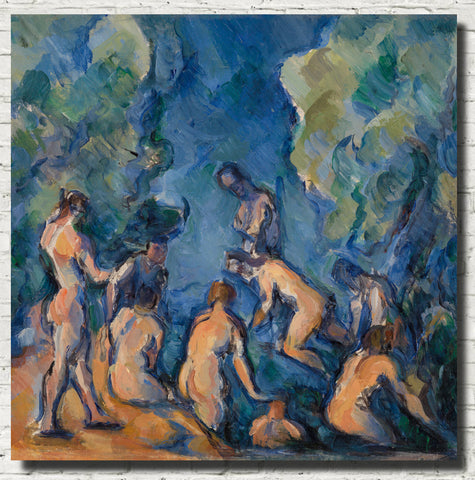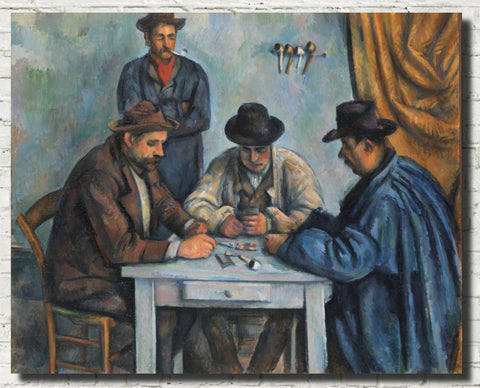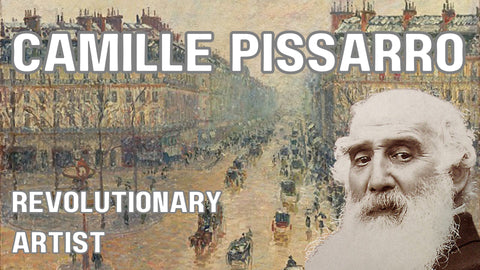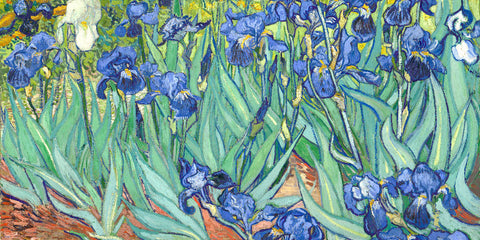Table of Contents:[hide]
Introduction
Paul Cézanne, a luminary in the realm of art, stands as a bridge between the mesmerizing brushstrokes of late 19th-century Impressionism and the revolutionary forms of early 20th-century Cubism. In this exploration, we delve into the life, work, and enduring legacy of this French Post-Impressionist painter.
1. Early Life and Influences
1.1 Birth and Family
Born on January 19, 1839, in Aix-en-Provence, France, Cézanne's familial roots shaped his upbringing. His father, Louis Auguste Cézanne, a banker, provided financial security, allowing Paul the freedom to pursue his artistic passions.
1.2 Formative Years
Cézanne's early years were marked by exposure to Romanticism and Realism. His mother, Anne Elisabeth Honorine Aubert, played a crucial role in shaping his vision of life. His artistic journey began at the Saint Joseph school in Aix, where he formed lasting friendships, including one with Émile Zola.
2. Academic Pursuits and Artistic Devotion
2.1 Academic Interlude
At his father's behest, Cézanne enrolled in the law faculty of the University of Aix-en-Provence in 1859. However, his heart leaned towards artistic endeavors, leading him to the École de dessin d'Aix-en-Provence, where he studied under Joseph Gibert.
2.2 Parisian Sojourn
In 1861, defying his father's wishes, Cézanne moved to Paris, a decision encouraged by Zola. Though initially rejected by the École des Beaux-Arts, he found solace in the free Académie Suisse, where he met influential figures like Camille Pissarro.
3. Impressionism and Struggles
3.1 Brushing Against Tradition
Cézanne's rejection from the artistic establishment fueled his association with the Impressionists. The Salon de Paris consistently rejected his submissions, but Cézanne persisted, exhibiting in the Salon des Refusés in 1863.
3.2 Influential Relationships
His friendship with Pissarro and participation in the first Impressionist group exhibition in 1874 marked a turning point. While his paintings often stirred controversy, they laid the foundation for his distinct style.
4. Artistic Style and Evolution
4.1 Pictorial Language
Cézanne's innovative approach emerged through an intensive examination of Impressionist forms. He defied conventional perspectives, emphasizing underlying structures and formal qualities in art.
4.2 Brushstroke Brilliance
Characterized by repetitive and exploratory brushstrokes, Cézanne's technique employed planes of color and small strokes that coalesced into intricate fields, showcasing his intense study of subjects.
5. Recognition and Legacy
5.1 Late Recognition
Despite initial incomprehension, Cézanne's work gained recognition in the late 1890s, thanks to the efforts of fellow artists like Camille Pissarro and art dealer Ambroise Vollard. In 1895, Vollard organized Cézanne's first solo exhibition in Paris.
5.2 Enduring Legacy
Cézanne's influence extended beyond his lifetime, with artists like Henri Matisse and Pablo Picasso acknowledging him as a transformative figure. His unique blend of form and color laid the groundwork for the evolving landscape of modern art.
Frequently Asked Questions (FAQs)
-
What is Paul Cézanne's most famous work?
- Answer: Cézanne's "Mont Sainte-Victoire" (1885–1906) is often regarded as one of his most iconic and influential works.
-
How did Cézanne's artistic style differ from traditional approaches?
- Answer: Cézanne departed from conventional techniques by emphasizing the underlying structure of objects, using exploratory brushstrokes and planes of color to create intricate compositions.
-
Was Cézanne's work well-received during his lifetime?
- Answer: No, Cézanne faced incomprehension and ridicule from contemporary art critics. It was only in the late 1890s that his work gained broader recognition.
-
Which artists were influenced by Cézanne?
- Answer: Henri Matisse and Pablo Picasso are among the notable artists who acknowledged Cézanne's profound influence, with Picasso even referring to him as "the father of us all."
-
What role did Cézanne play in the transition from Impressionism to Cubism?
- Answer: Cézanne's innovative approach bridged the gap between Impressionism and Cubism, laying the foundation for the artistic movements of the early 20th century.
Conclusion
Paul Cézanne's artistic journey, marked by innovation and persistence, left an indelible mark on the canvas of art history. From his early struggles to the recognition that followed, Cézanne's legacy endures as a testament to the transformative power of artistic vision. As we reflect on his life and work, Cézanne's influence resonates through the strokes of modern art, a bridge connecting the past to the avant-garde future.
Prints and Canvas Panels

